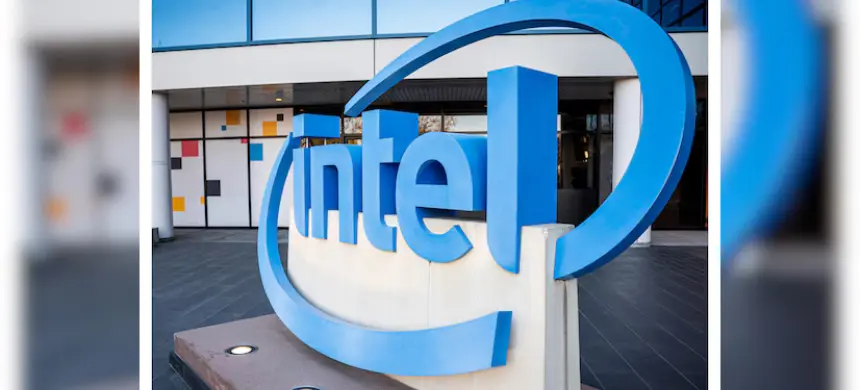On Thursday, Intel announced plans to cut more than 15% of its workforce, equating to approximately 17,500 employees, and suspend its dividend starting in the fourth quarter as part of a turnaround strategy focused on its struggling manufacturing business. The chipmaker also projected third-quarter revenue below market expectations due to reduced spending on traditional data center semiconductors and a shift towards AI chips, where it lags behind competitors. As a result, Intel’s shares plummeted 20% in extended trading, potentially wiping out over $24 billion in market value. This followed a 7% drop on Thursday, aligned with a broader decline in U.S. chip stocks after Arm Holdings issued a conservative forecast on Wednesday.
Despite Intel’s challenges, other chipmakers like Nvidia and AMD saw after-hours gains, highlighting their stronger positions in the booming AI market compared to Intel. In an interview with Reuters, CEO Pat Gelsinger discussed the job cuts, emphasizing the need for fewer headquarters staff and more field personnel to support customers. Regarding the dividend suspension, Gelsinger noted the current focus on balancing the company’s finances and reducing debt. Intel, which had 116,500 employees as of June 29, aims to complete most of the job cuts by the end of 2024. The company had previously declared a quarterly dividend of 12.5 cents per share in April.
Read More: Global IT outage disrupts Microsoft machines, including those in Pakistan
Intel’s turnaround plan includes developing advanced AI processors and expanding its contract manufacturing capabilities to regain its technological edge over Taiwan’s TSMC, the world’s largest contract chipmaker. This shift has increased Intel’s costs and pressured profit margins, leading to recent cost-cutting measures.
On Thursday, Intel announced it would reduce operating expenses and capital expenditure by over $10 billion by 2025, surpassing initial plans. Michael Schulman, chief investment officer of Running Point Capital, acknowledged the significant cost reduction but questioned whether it was sufficient and timely, given Gelsinger’s three-year tenure as CEO. As of June 29, Intel had $11.29 billion in cash and cash equivalents and total current liabilities of about $32 billion. The company’s lagging position in the AI chip market has contributed to a more than 40% decline in its shares this year.
For the third quarter, Intel expects revenue between $12.5 billion and $13.5 billion, below the analysts’ average estimate of $14.35 billion. The company also forecast an adjusted gross margin of 38%, falling short of the 45.7% market expectation. Analysts believe Intel’s foundry business turnaround will take years and expect TSMC to maintain its lead despite Intel ramping up AI chip production for PCs. The PC chip business saw a 9% growth in the April-June quarter. However, profitability remains an issue due to high costs.
Intel’s data center business declined by 3% in the quarter, reflecting a shift in infrastructure spending towards non-Intel GPUs, such as those from Nvidia. CFO David Zinsner mentioned weaker consumer and enterprise spending, especially in China, as a challenge in the current quarter. Export licenses revoked in May also negatively impacted Intel’s business in China during the second quarter. Intel plans to slash capital expenditures by 17% in 2025, bringing it down to $21.5 billion, based on the midpoint of its forecasted range. These costs are expected to remain relatively flat in 2024.











